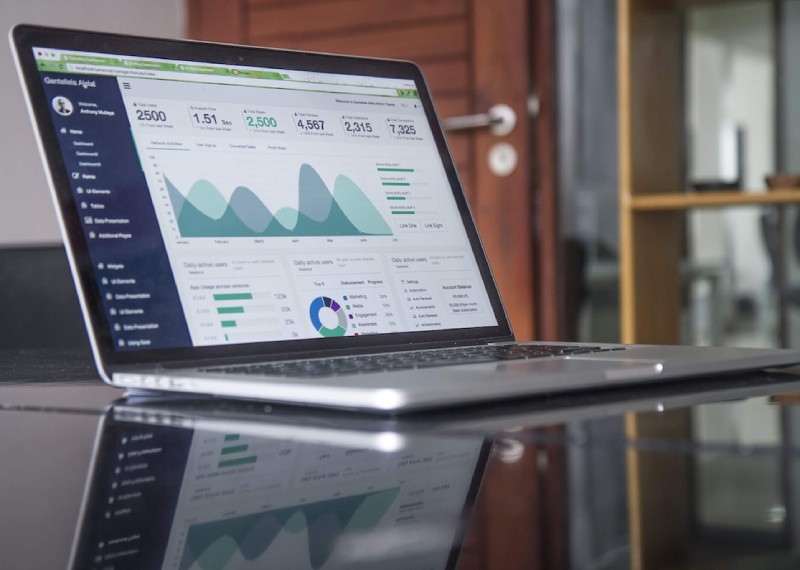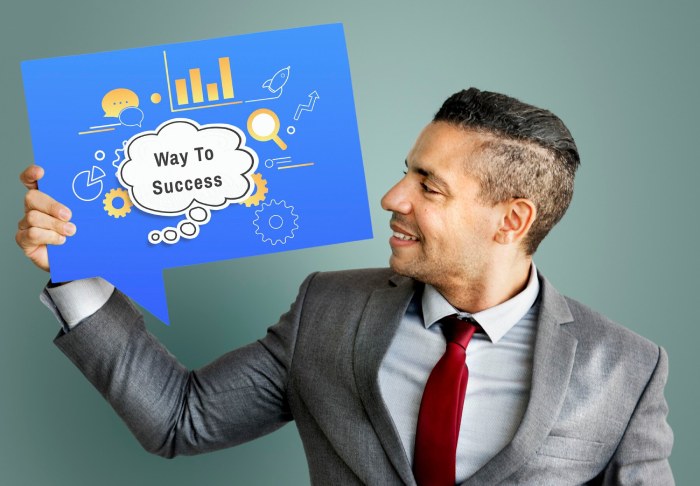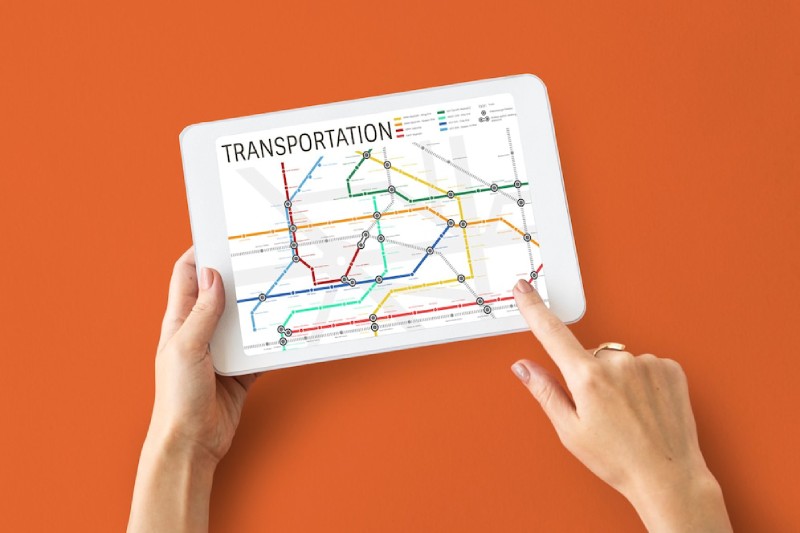
The Gold Standard B2B Shopping Experience
The gold standard B2B shopping experience isn’t very B2B at all – you’ll come to learn. But what we do know is that the new B2B shopping experience is fuelling rapid growth in the market value. The rapid increase in market size rings true, with the Statista report showing a $14.9 trillion market value for the eCommerce sector in 2020. As it goes, B2B eCommerce is also one of the leading areas for development in the B2B industry.
The growth is undoubtedly the result of ever-evolving trends that continue to hound the market. Let’s explore what they are and how they’re creating the gold standard shopping experience.
Accounts-Based Marketing (ABM)
ABM is a calculated and focused approach to marketing where sales and marketing teams work in unison to target clients they think are the best fit – will turn into viable leads – and make them a customer. It’s a strategic approach that requires research and a deeper understanding of the buyer rather than the business. It’s easy enough to tell if a business suits a business, but it’s the buyer habits and demands that control the show. To achieve this, brands can do several things.
Artificial intelligence is a reliable technology to use for account-based marketing. Specifically designed software can track buyer movements, including searches, to determine behaviour and needs. Marketing teams can also use it to create personalised B2B incentive programs like the ones offered by Incentivesmart. That’s the gold standard of account-based marketing. Find a customer, learn about their needs and buying habits, and go to them with an offer of not just business, but rewards as well.
Bear in mind – 43% of buyers are willing to spend more with brands they feel loyal to, and targeted account-based marketing and buyer rewards feed loyalty.
A Metaverse Virtual Self-Serve Experience
It doesn’t have to be the Metaverse, but it is an up-and-coming star that tons of B2B brands have gravitated towards. Statista conducted a study that found 39% of respondents would like self-serve options. Another study by Gartner found that 44% of millennials – the predominant age group of buyers – want self-serve options.
The figures show that now is the time to utilize areas like the Metaverse that can be perfect for self-serve options by putting buyers in the heart of a business without needing the physical need to be there. Brands like Coca-Cola, Nike, and Gucci have all tried this so far in virtual worlds like Decentraland and The Sandbox.
Still, there are other ways to create self-serve options, like a fully functioning eCommerce website that facilitates the buyer’s journey from start to finish – supplying them with all the information they need to complete a sale without a hitch.
More work definitely needs to be done in this area – 77% of buyers agreed their last buying cycle was too complex.
McKinsey Ranks ECommerce Most Effective For Sales
McKinsey & Company is one of the leading management consultancy firms in the US that frequently publishes reports about the current and future state of the B2C and B2B industries. Recently, they ranked eCommerce as the most effective route for sales, and they wouldn’t be wrong with a market value of $14.9 trillion.
The report says how the pandemic added fuel to the already raging fire, and now buyers expect to access an eCommerce experience with the brand they partner with. The report specifically highlighted the need for a functioning omnichannel experience. Figures showed that eight of ten respondents they contacted said omnichannel is more effective than traditional sales routes. And 83% thought omnichannel is a more successful way of securing new business.
There are tons of other statistics within the report that you can find here. You’ll learn that omnichannel is undoubtedly part of a new gold standard for B2B sales.
There are many other up-and-coming trends in the B2B world related to sales – like the increasing use of artificial intelligence, virtual meetings, and purpose-driven sales techniques. The big trend is with eCommerce, which should become the overwhelming way of conducting B2B sales in the near future.
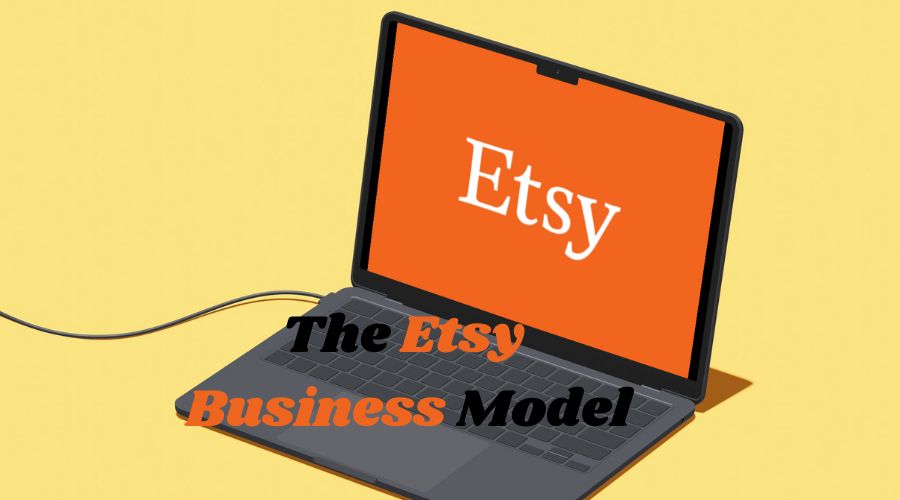
The Etsy Business Model: How Does Etsy Make Money?
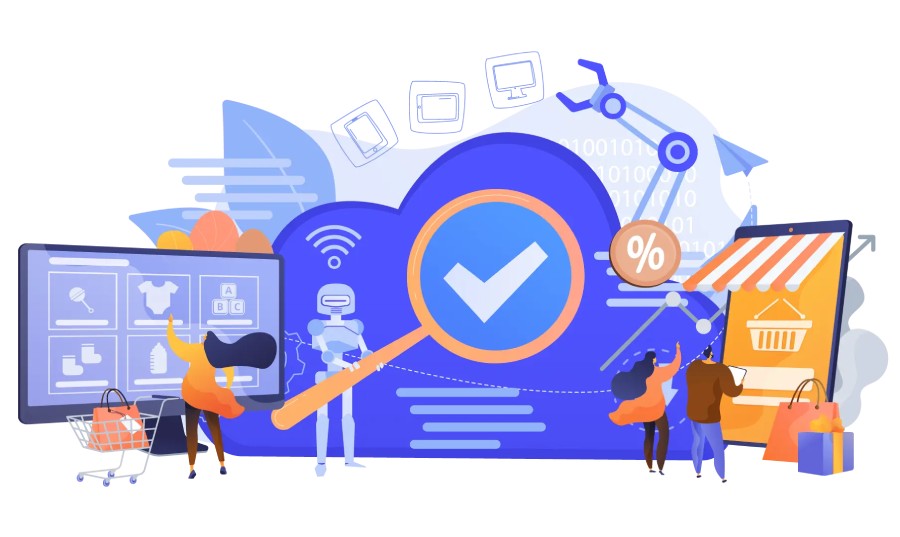
How eCommerce Solutions Are Revolutionizing the Way We Do Business?

How to Protect Your Personal Data Online

6 Tips for Being a Successful Fleet Manager

How Should you Analyse Competitors Social Media Strategies
